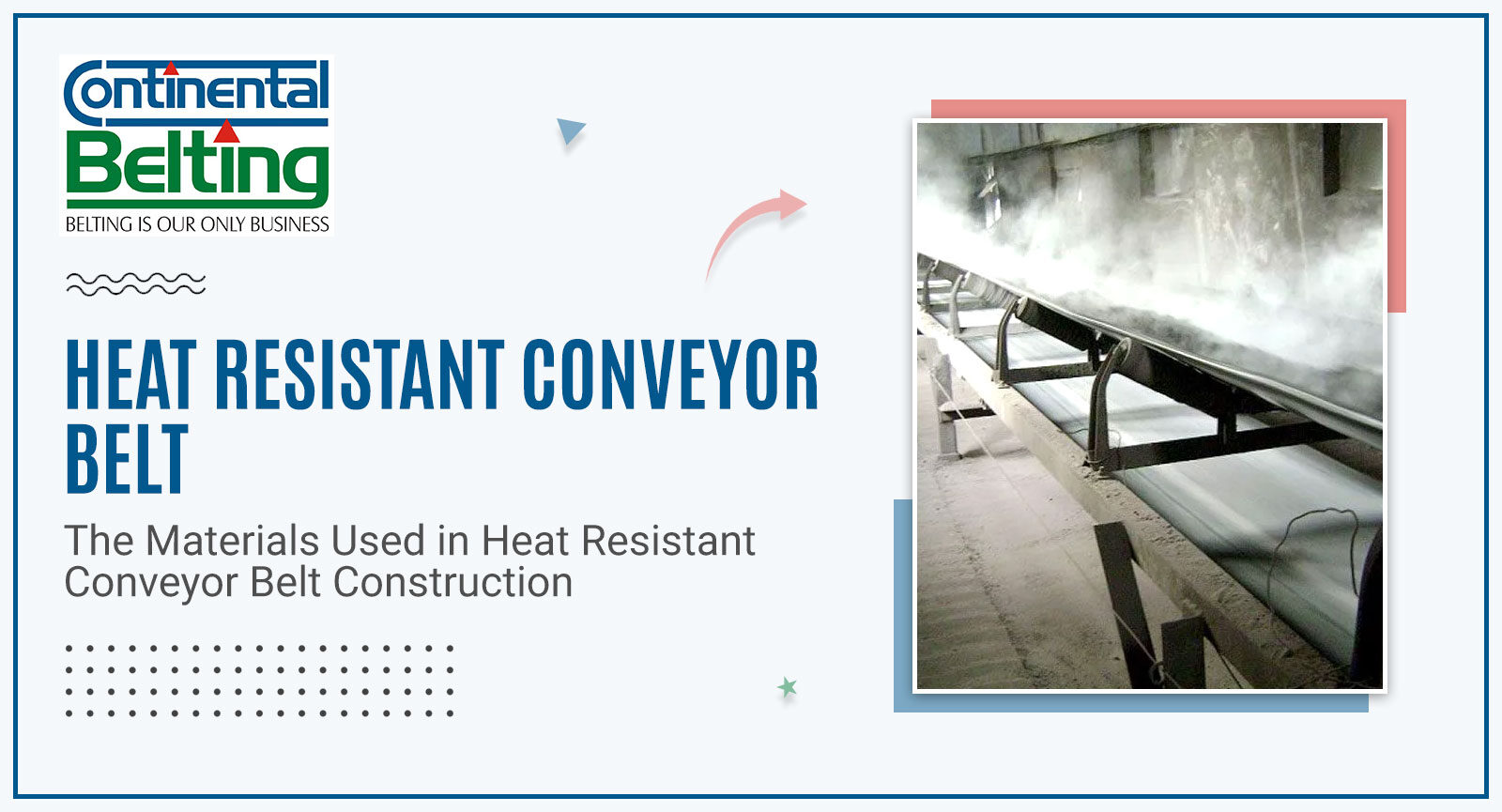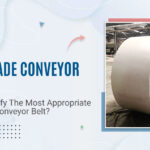Heat Resistant Conveyor Belts are designed to operate in high-temperature environments, ranging from 100°C to 400°C. They are used in industries where conveying materials at high temperatures is necessary, such as cement plants, steel mills, and foundries. The structure of heat-resistant conveyor belts is unique and complex, with several layers of materials specifically chosen to withstand high temperatures and resist wear and tear.
Structure of Heat Resistant Conveyor Belts:
Cover Rubber:
The cover rubber is the outermost layer of the heat resistant belt. It protects the inner layers from damage and wear caused by external factors such as abrasion, impact, and exposure to high temperatures. The cover rubber is made from synthetic compounds resistant to heat, oil, and chemicals. The thickness of the cover rubber varies depending on the application and the temperature range it is designed to operate. Generally, the cover rubber thickness ranges from 3mm to 12mm.
Carcass:
The carcass is the main structural component of the heat belt offered by Heat Resistant Conveyor Belt Manufacturers In India. It provides the strength and flexibility required to withstand the stress and strain of the conveyor system. The carcass is made of multiple layers of synthetic fabric, such as polyester, nylon, or aramid, bonded together with adhesive or heat. The number and type of carcass layers depend on the application and the load capacity of the conveyor system. Generally, the carcass consists of two to six layers.
Heat Resistant Rubber:
The heat resistant rubber is a special layer added to the carcass to provide heat resistance. It is designed to withstand high temperatures and resist thermal degradation. The heat resistant rubber layer is made from synthetic rubber compounds with high heat-resistant additives, such as silica, carbon black, or ceramic. The thickness of the heat resistant rubber layer varies depending on the temperature range it is designed to operate. Generally, the heat resistant rubber layer thickness ranges from 1.5mm to 5mm.
Adhesive:
The adhesive is a material layer used to bond the carcass layers and the cover rubber together. The adhesive is designed to withstand high temperatures and resist shear forces. The adhesive is usually made of synthetic rubber compounds with high heat-resistant additives, such as silica or carbon black.
Fabric Reinforcement:
The fabric reinforcement is a layer embedded in the carcass to provide additional strength and durability. The fabric reinforcement is usually made of synthetic fabrics, such as polyester or nylon, that have high tensile strength and low elongation. The fabric reinforcement is placed in a specific orientation and spacing to provide the required strength and flexibility to the carcass.
Bottom Cover Rubber:
The bottom cover rubber is the bottommost layer of the heat resistant conveyor belt. It protects the carcass from external factors such as abrasion, impact, and exposure to high temperatures. The bottom cover rubber is made from synthetic compounds resistant to heat, oil, and chemicals. The thickness of the bottom cover rubber varies depending on the application and the temperature range it is designed to operate. Generally, the bottom cover rubber thickness ranges from 1.5mm to 5mm.
Conclusion:
Heat-resistant conveyor belts are essential components in industries where conveying materials at high temperatures is necessary. They are designed to operate in extreme temperature ranges and resist wear and tear caused by external factors. The structure of heat resistant conveyor belts is complex and consists of several layers of materials specifically chosen to withstand high temperatures and provide strength and durability. If you are looking for the best Heat Resistant Conveyor Belt Suppliers In India, then Continental Belting Pvt Ltd is the best option.



